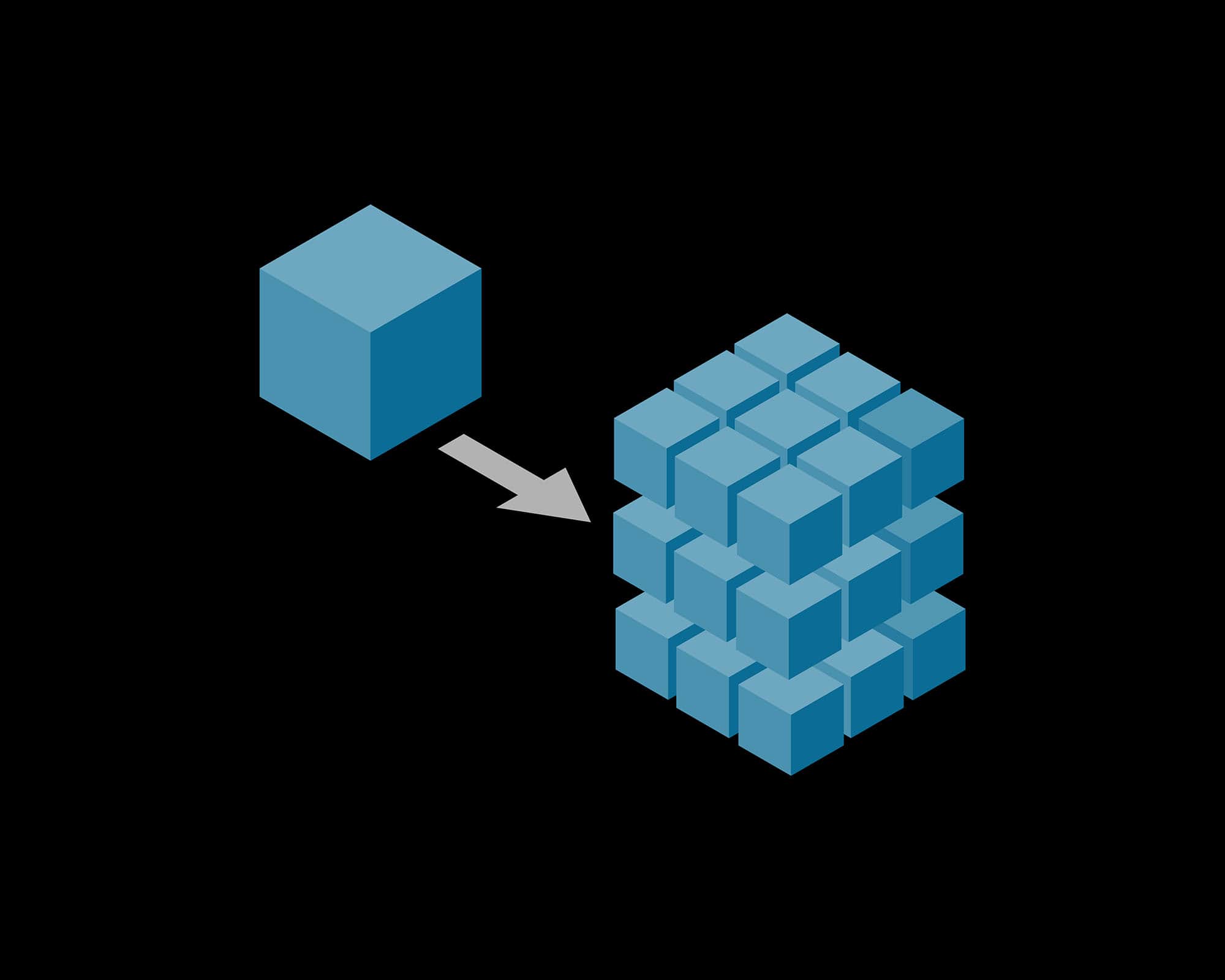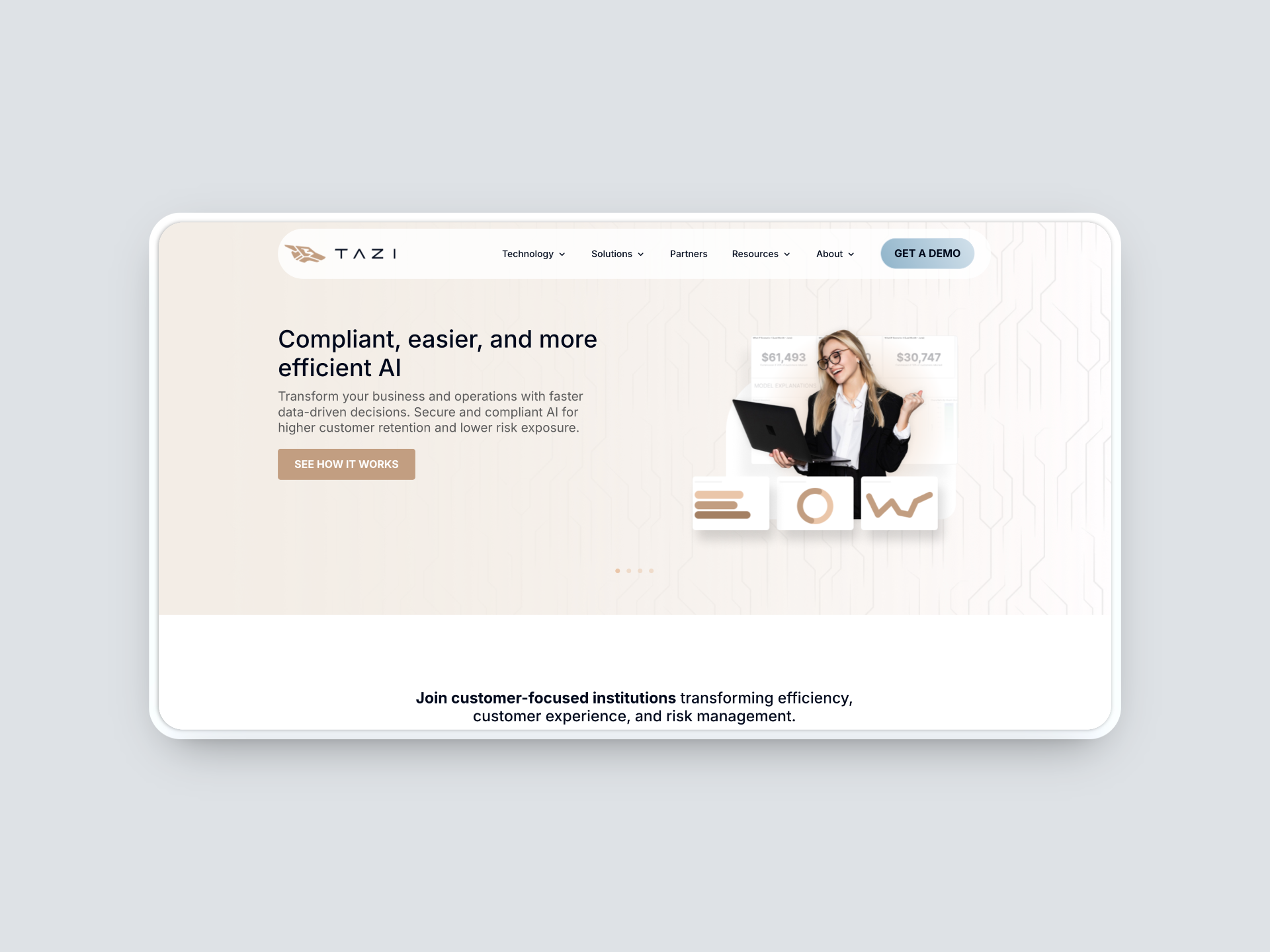 Financial Services
Financial Services
- Insights
- Telecommunication
- Case Study
Digital Transformation of Wholesale Portal: A Journey from Monolithic to the Microservices Architecture

Challenge
The technology landscape is changing faster than ever. Having built a wholesale portal years ago, the telecommunications operator found themselves struggling to keep up with customer demand and introduction of new products and services in agility. The outdated architecture and technology stack was hindering progress, causing inefficiencies and limitations in multiple areas.
The telecommunications industry underwent significant transformation as a result of deregulation. This resulted in an influx of service providers, reduction in price points, improved customer service, and the introduction of innovative services. One of the consequences of this liberation for incumbents was the requirement to open their infrastructure to the use of other telecommunication service providers. Hence, many service providers developed applications for the management of their business serving other licensed operators (OLOs).
Our client was not immune to those these market dynamics and built their OLO portal years ago. However, with the rapid advancements in technology, the solution became outdated and accumulated a significant amount of technical debt. The introduction of new products and services, adapting to ever-changing regulations, and finding skilled resources to maintain the outdated technology became increasingly difficult. Some security patches could not be applied, and new concepts like DevOps, cloud-native architecture, and microservices were all out of sight.
Strategy & Solution
As DefineX, we carefully analyzed all the different personas and user journeys, identified the interdependencies, and adopted a phased approach to decompose the monolith system. Our team also crafted a comprehensive coexisting strategy. It ended up being a prime example of the successful application domain-driven design.
- To tackle the challenge at hand, we followed a systematic approach:
- Implemented a Single Page Application that offered a high level of user interactivity
- Employed domain-driven design principles to identify bounded contexts and develop a microservices-based application
- Devised a seamless method to migrate and synchronize user data between the monolith application and the new services
- Designed the solution with cloud-native architecture, which was cost-effective, highly scalable, and easy to maintain
- To enhance security, we integrated global standards such as OpenID and OAuth for user federation.
- Established a continuous integration and delivery (CI/CD) pipeline to accelerate the time-to-value and enable developers to focus on coding
Results & Transformation
A business and technology transformation requires a commitment to excellence, a tested approach, and a skilled team. That is why a leading telecommunications company turned into DefineX to attain their objectives and drive success.
By employing domain-driven design and adopting a next-generation architecture DefineX helped the leading telecommunications company to modernize their solution and accelerate time to value.
The results of this transformation were substantial, including:
- A 30% reduction in lines of code and 60% reduction in code build time.
- An average 30% boost in the frontend development speed, achieved by the use of modern technologies and the creation of common, reusable components. The backend development speed saw a similar improvement of 15%.
- A 28% decrease in defect resolution time.
- A 21% performance improvement in response times of webservices used by other telecommunication service providers.
- An optimized deployment process, with the operational support team reporting a 35% decrease in deployment duration in the production environment compared to the legacy solution.
Explore deep-dive content to help you stay informed and up to date
 Financial Services
Financial Services
 Financial Services
Financial Services

